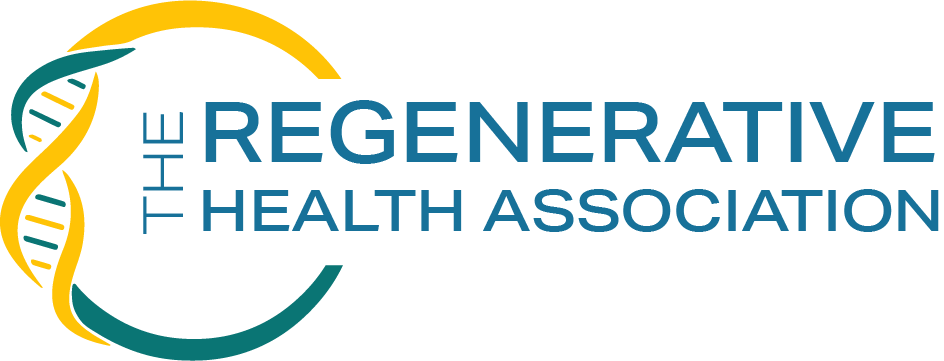Human umbilical cord mesenchymal stem cells (UCMSCs) are being studied for their regenerative potential in various diseases, including type 2 diabetes mellitus (T2DM). While previous research has demonstrated their therapeutic effects, the optimal delivery method remains unclear. A study published in Frontiers in Endocrinology examines four different administration routes of UCMSCs—direct pancreatic injection (DP), tail vein injection (DT), intraperitoneal injection (DI), and dorsal pancreatic artery injection (DPA)—to determine which is most effective in treating T2DM in rats.
After two and four weeks of treatment, researchers observed notable differences in outcomes among the groups. The DT (tail vein injection) group exhibited the most significant improvements in fasting blood glucose levels, pancreatic islet structure, and glucose tolerance, nearly restoring function to normal levels. Additionally, all treatment groups showed increased serum levels of C-peptide (C-P) and glucagon-like peptide-1 (GLP-1), along with reduced inflammation markers such as TNF-α, IL-6, and IL-1β.
Histological analysis confirmed that UCMSC therapy contributed to pancreatic regeneration, with the DT group displaying the most pronounced improvements. Immunohistochemical findings revealed increased insulin and PDX-1 expression, accompanied by reduced glucagon levels. Furthermore, liver and kidney function improved across all treatment groups, with the DT group demonstrating the best overall outcomes.
These findings suggest that the route of administration significantly influences the therapeutic effects of UCMSCs in T2DM treatment. Tail vein injection, in particular, appears to be the most effective approach, offering enhanced metabolic regulation and pancreatic recovery.


